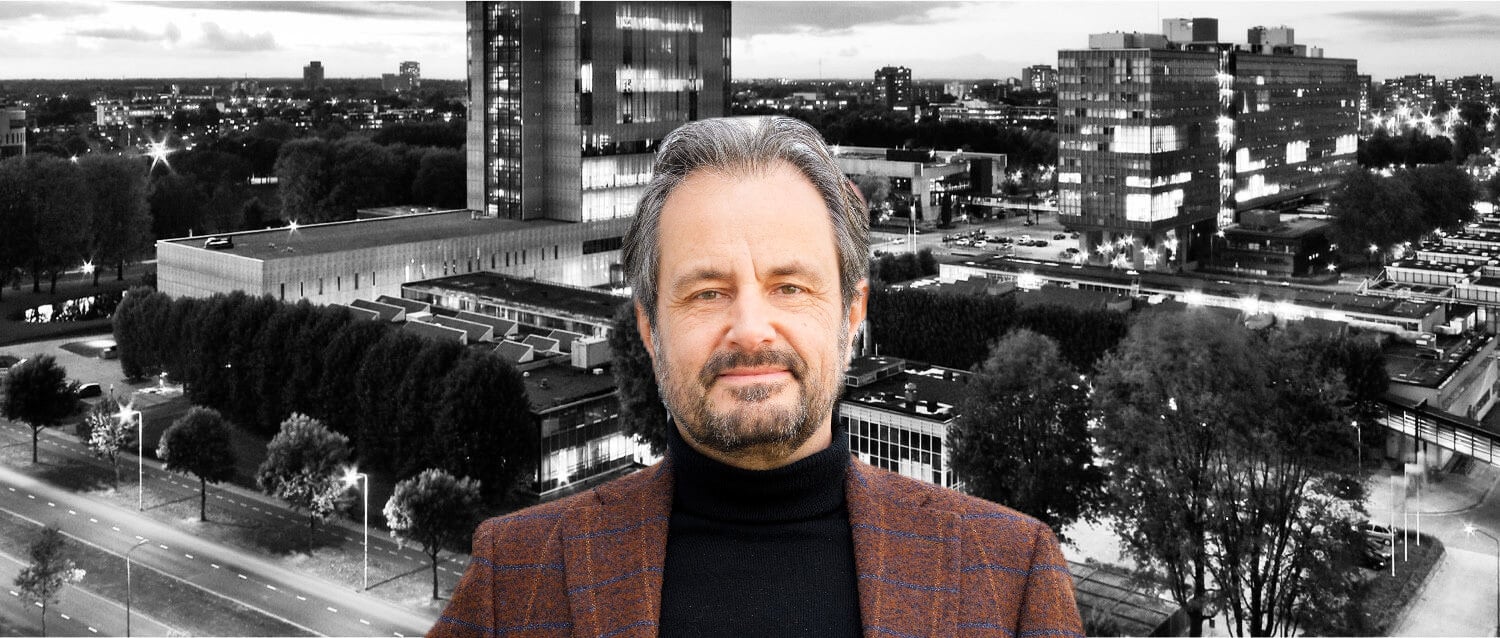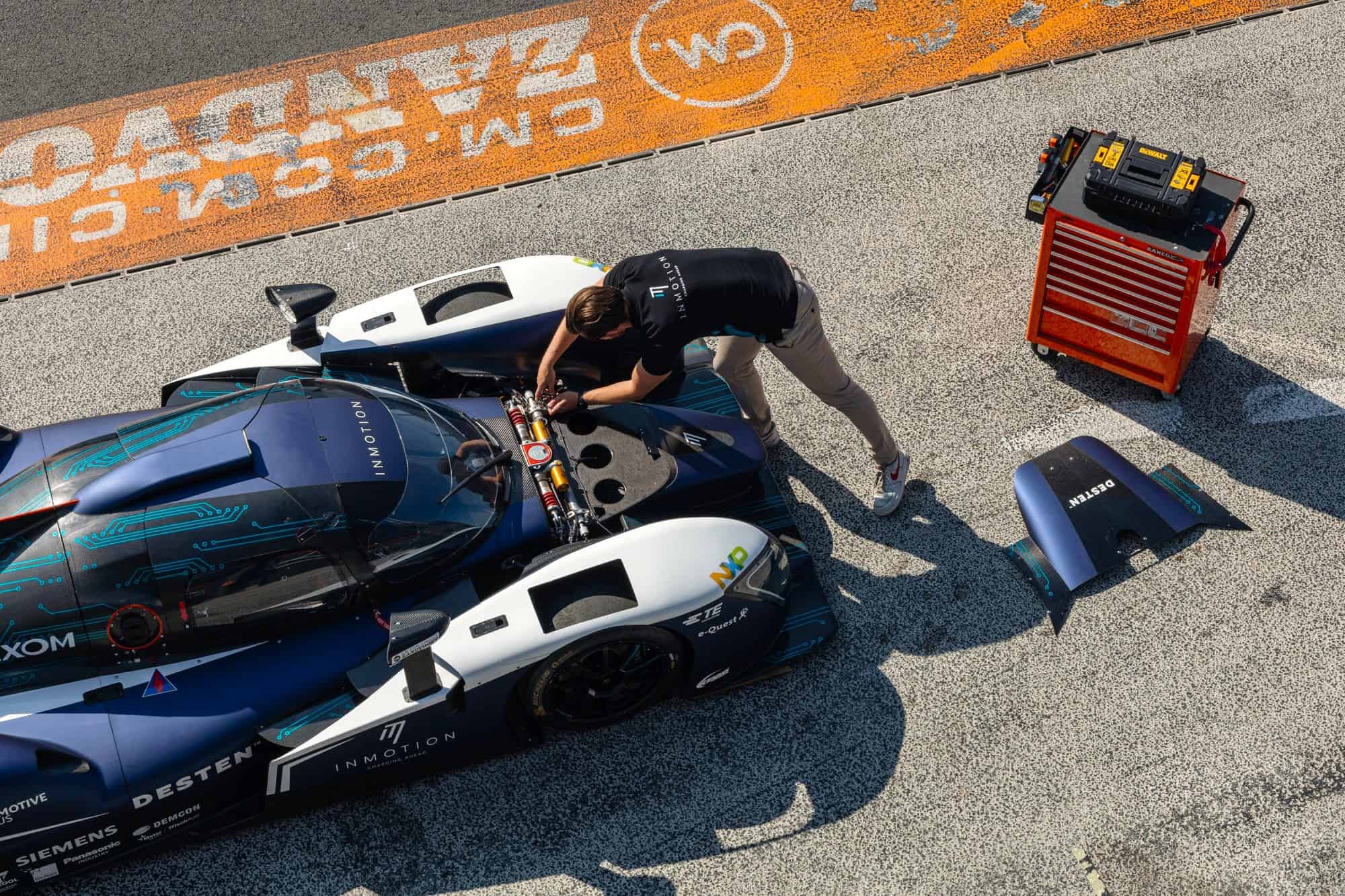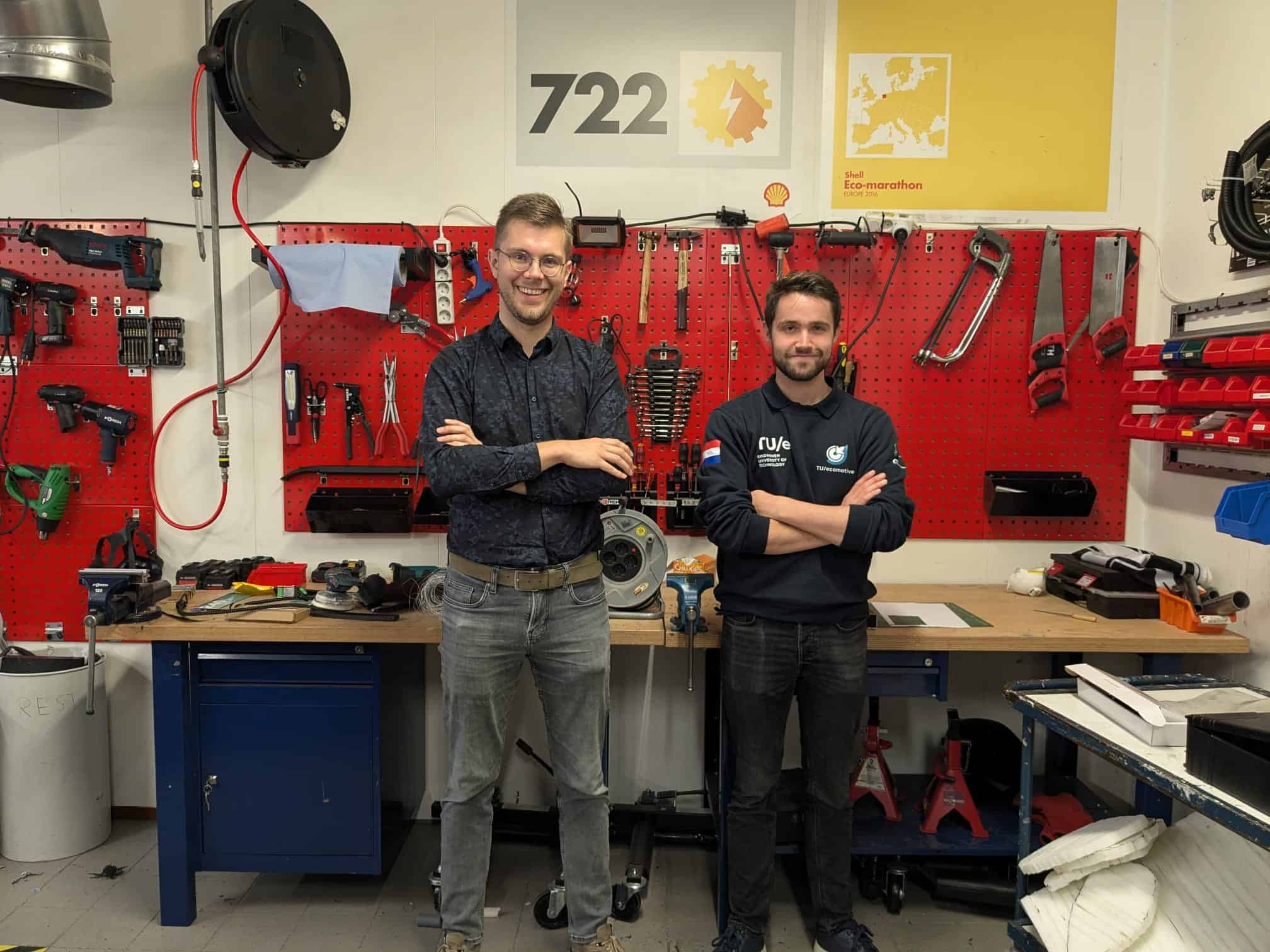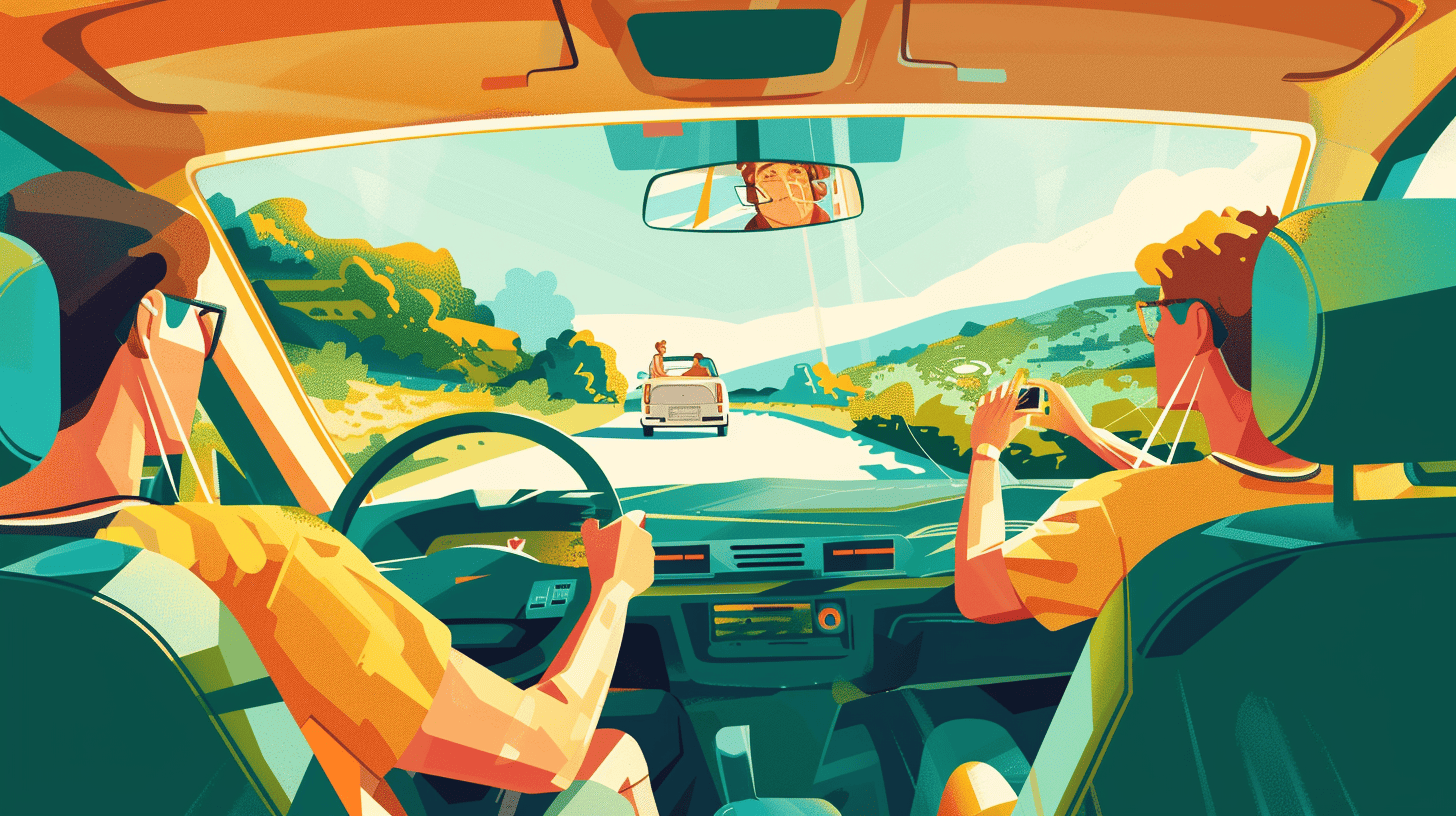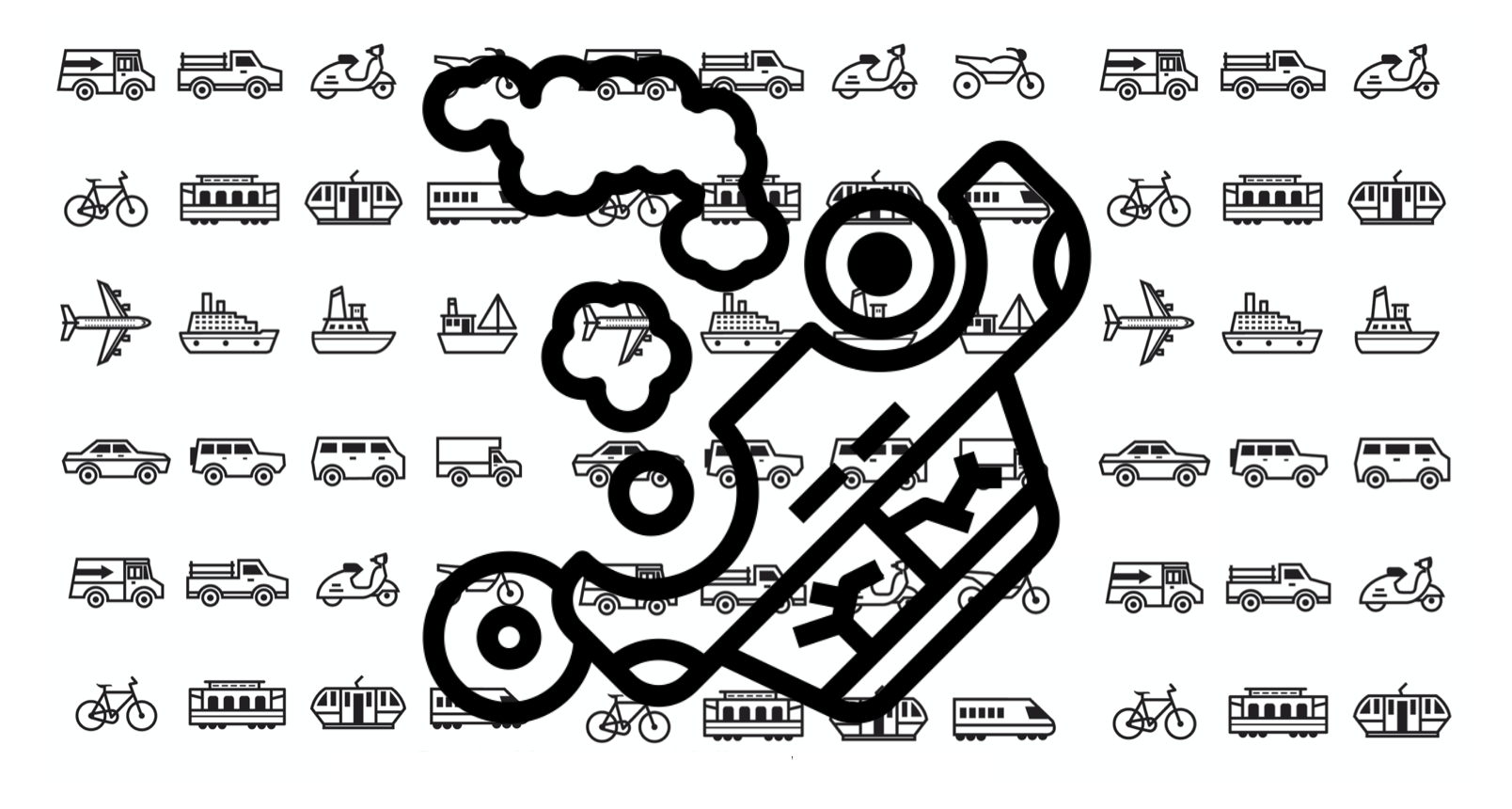
In the dream world of many a trend watcher, in a few years’ time only autonomous cars will be driving around, obviously never experiencing an accident again. An expensive insurance contract can then be dispensed with, because why insure what is already certain? But I have written before that a world of fully autonomous cars is never going to exist. That does not alter the fact that we are moving towards a world of implicitly safe cars. Or at least only marginally unsafe for the driver and bystanders, as everything in life has its limited risks. That almost implicit safety is due to a combination of three elements: safe infrastructure, sensible enforcement, and in-car safety technologies.
But that does not mean that car insurance becomes redundant. On the contrary. Because being safe for humans does not mean being safe for cars. Manufacturers often deliberately choose to do as much damage to the car as possible to protect the people in and around the car. That is pretty much the basic idea behind a car’s crash zone.

Also in the case of active safety systems that are developed to prevent accidents, it might happen that the car will choose to cause quite a bit of material damage to save any harm to a pedestrian or cyclist. But still, research does show that all these passive and active safety systems are ultimately safer for the car itself and therefore lead to significantly fewer claims. But those damages, mainly due to those same systems, do cost a lot more. With all the cameras, smart headlights, radar systems, and infrared sensors, a repair is much more expensive. And it takes a skilled and certified repair company. Having your dent repaired and repainted under your neighbor’s apple tree is less and less of an option. What’s more, cars are becoming more popular, so there’s more to insure. And then there are the vehicles in sharing platforms, which in practice have an above-average claims history.
It is therefore highly likely that the total cost of claims will continue to rise and with it the importance of insurance and the turnover for the insurance sector. But that certainly does not mean that nothing will change for the insurer. I do see the classic hassle of purchasing a new policy disappearing. That may be because of the rising popularity of private leasing, or because the manufacturers are taking the risk themselves because of the increased predictability of damage and are supplying the insurance with the car.
Here, as in every industry, the rule is: if you have the data, you have the power. Your driving behavior, the accumulated years of claims-free experience, and some vehicle data can together predict fairly reliably what a customer will do in terms of damage and what it will cost you at the end of the day. Knowing this, you pick out the best customers and know exactly what an insurance policy may or should cost. Or better even, what needs to be done to lower that claim amount by investing in the prevention of accidents.
This brings us to the most important shift in the insurance world: from repairing damage to providing a real safety experience. With that experience comes the need for insurers to keep thinking about how we can use technology and safe infrastructure to avoid accidents. After all, prevention is better than mending. Especially when it’s about your body or that of another road user.
Maarten Steinbuch and Carlo van de Weijer are alternately writing this weekly column, originally published (in Dutch) in FD. Did you like it? There’s more to enjoy: a book with a selection of these columns has just been published by 24U and distributed by Lecturis.

